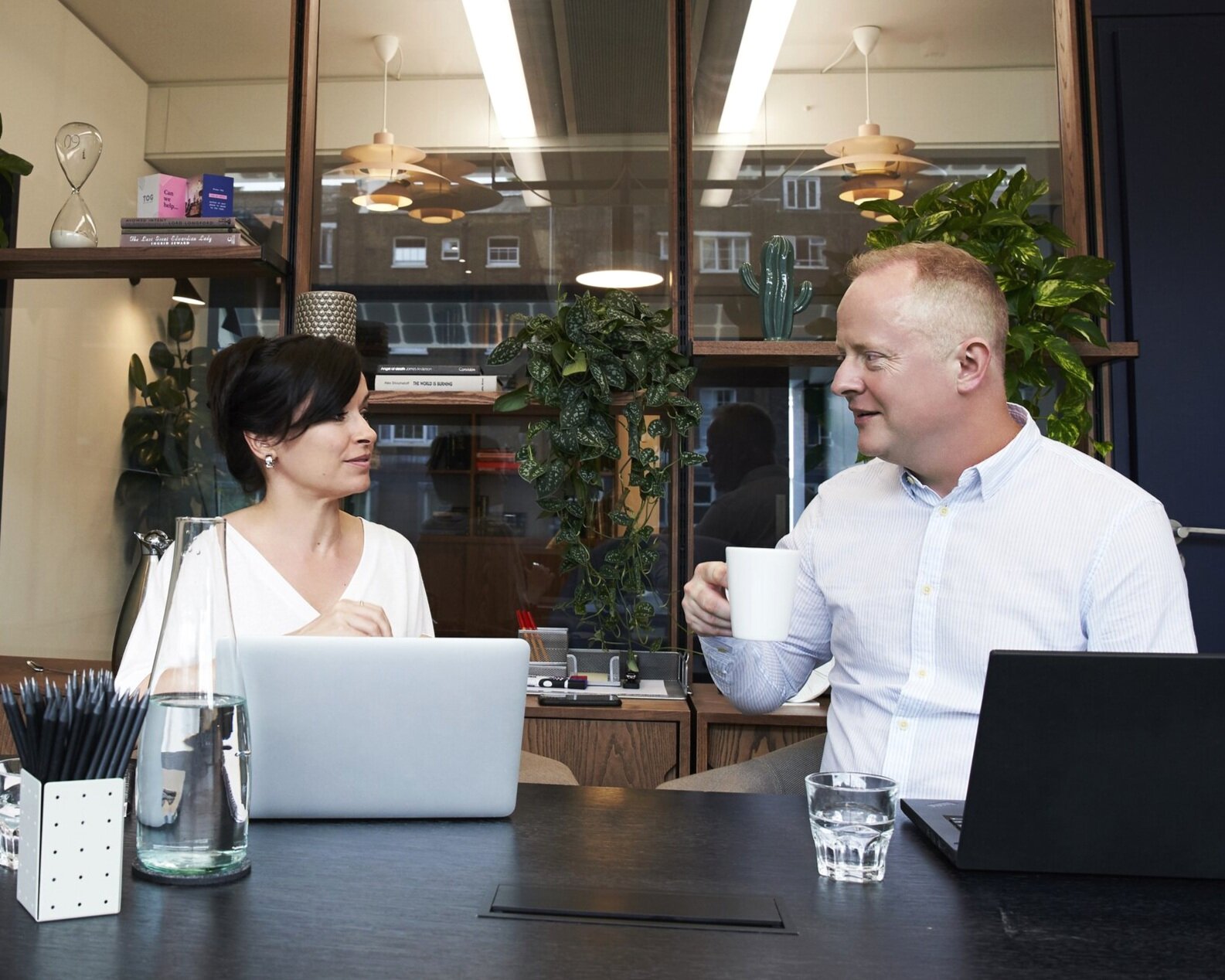
Investing
People have many different reasons for investing. A specific goal or purchase, for education, for retirement or to maximise growth to build a legacy. Clients will also have very different comfort levels when considering investment risk.
We have different approaches to building and managing investments dependent on which level you are at. This page is aimed at those just starting out or those building steadily. If you have funds (pensions and investments combined) above £500,000 then visit our assets of £500K to £2 Million page for more specialist advice.
We are Independent Financial Advisers which means we will search the market to help build an investment approach to suit you. Everyone is different so its rare that any two plans are the same. When we start working with a new client we discuss the following issues to help us form a plan specific to you.
Investment Risk
You must invest at a level that you are comfortable with and it is our job to help you find this level.
We risk rate between 1 and 10. 1 would be just slightly higher than a bank account and 10 is investing in the global stock market. If the worst happens a level 1 investment will only fall a little but equally you will not see any exciting growth, you may not see any growth above inflation so the real value of your investment could even be falling. With a level 10 you have the prospect of high returns over the long term, but these investments are volatile falling and rising in value as world events effect the markets. We will help you find a level that will allow you to sleep at night without worrying.
To help you find this level we consider the length of time you are investing for. If you’re investing for the shortest period of time of 5 years then you will want a lower risk level then if your investing for 20, 30 or 40 years. The reason for this is if the markets fall the longer time period gives the investment time to recover and grow.
We factor in your previous experiences and how you reacted to these in the past. We look at your current investments and how you understand these. When we make a recommendation to you our biggest aim is to ensure you understand how the investments work and what could happen if markets fall as well as the positives of markets rising.
Finding a home for your invested funds
Once we have a risk level you are comfortable with and that fits your goals, we explore all the options with you to help you find a home for your investment.
We have defined three different types of home for your investment. All have their positives and negatives.
“Bespoke” Approach
The aspirational home is what we call our Bespoke category. Bespoke, is where we involve a third party in the process. We help you search and match you to one of the many discretionary fund managers we work alongside. A discretionary fund manager (DFM) will build a portfolio of investments bespoke to your objectives, risk appetite and preferences. DFMs are highly skilled at the top of their careers and we only recommend those that have established track records of success. This individual and skilled approach comes at a cost but has provided value for money historically. This option only becomes available once you have over £300,000 to invest so it may be a goal you aspire to, we will support you to build towards fulfilling this aspiration.
Then we have two options for people just starting out or building towards accessing a DFM service.
“Life Office” approach
The established and recognised life companies such as Aviva, LV, Royal London etc are what we would call Life Offices. If you prefer established brand names with individual products, then the Life office approach could be for you. By individual products you would typically get a statement for an ISA investment, a different statement for an Investment Bond and another statement for a General Investment. When you’re investing with a Life Office you tend to be limited to their own funds. For example, if you invested with Prudential the funds you invest in are mostly managed by their in-house team of investment managers, this is known as fettered investing. This means you typically have a limited choice of funds. Finishing on a positive you would be investing with a strong established brand name.
“Platform” approach
A Platform approach is driven by technology. It’s basically a software that can hold a range of different investments all in one place. This enables you to track in real time the performance of all your investments. You also get a much wider choice of investments funds and strategies. This is known as unfettered investing where there are no constraints on the investments chosen. The software takes care of all the tax rules for example around ISA investments. Once your funds are on a “Platform” its very easy to change investments or move money from one product to another, for example to top up your ISA annually. The word “technology” should not put you off as the platforms are designed with consumers in mind to make them easy to use, and they still have the option of paper statements showing all your investments in one place.
Next the Investment Fund or Strategy
Once we have helped you find a home for your investments, we will help you find a strategy that meets for your risk appetite and objectives.
We have three types of investments strategies active management, passive and risk managed. Again, each has its pluses and minuses.
Passive is the cheapest way to invest. If you have a work-based pension most of these will be invested in Passive funds. Passive funds follow the markets. If the markets rise your investment will rise and if the markets fall your investments will fall. Some investment experts argue that this lower cost model is the best long-term solution because of the lower costs of investing. However, you will be limited to never getting back more than the market.
Active Managed funds are run by humans. Like in any industry humans cost more than machines or models so the cost of investing is higher. These active managers make discretionary decisions with your investment moving away from areas they see as a risk and towards areas they see as an opportunity. They are seeking to get a real return over and above the market. This is how they justify the extra cost they charge over passive funds. A DFM is an active manager, you can get active funds and investment strategies if you are not able to invest at the DFM level so Active strategies are available at all levels of investing.
Risk managed funds can be a combination of passive and active. These types of investment strategies cost a little more but can add great comfort to people who are put off by volatility. Some providers smooth returns holding money back in good months to compensate for months where investments have fallen enabling a smoothed investment return. This smoothed return is not guaranteed, if the underlying funds drop sufficiently the provider may have to make one off adjustments to the values. Other providers have built in rules-based risk management selling out of markets as they become volatile and buying back in once market stability and growth returns reducing volatility in the investment.
We have three different approaches. Some clients have strong opinions such as “I want low cost” so passive or “I don’t trust computers” so wanting active or “I dislike risk” so risk managed. If you do not have a strong opinion, we will help you and we often blend the approaches for clients so you can gain experience and form your own preference over time.
Taxation
We always have a keen eye on your personal tax situation and how any new investment will be taxed. If we can find tax efficient options for you to invest in we will always seek to do so. You should not pay a penny more in tax than you are obliged to. Any good financial adviser will help you towards this goal!
Next steps
If you have investments that you have lost track of or become disenchanted with or if you just want advice about starting to invest, we welcome your call. We provide a free initial consultation to introduce ourselves and learn more about you.
Our services relate to certain investments whose prices are dependent on fluctuations in the financial markets beyond our control. Investments and the income from them may go down as well as up and you may get back less than the amount invested. Past performance is not a guide to future performance.

